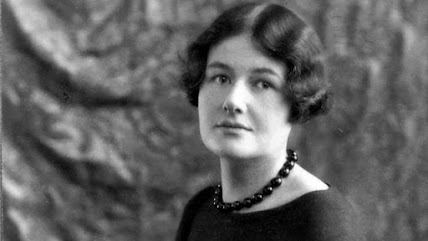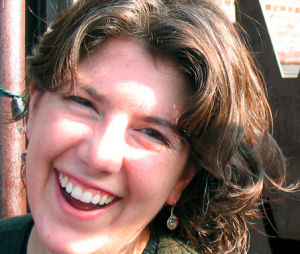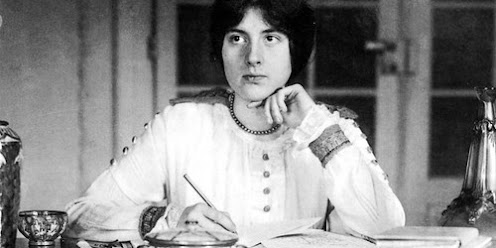Amy Beach's Symphony in e minor, Op. 32

This March, the Daily Classical Music Post will introduce you to some of the most wonderful music ever composed—and, yes, it will all be by women composers! https://youtu.be/VmLU1CfHcJw Douglas Shadle said in Orchestrating the Nation that most 21st-century concertgoers may never hear any of the 100+ symphonies composed by U.S. composers in the 19th century. To most classical music fans, the 19th century is all about the Russians, the Germans, perhaps some other Europeans, but U.S. music of that time is considered to be popular (e.g., Foster). The first U.S. composer most people will have heard of is Ives. But what about the women composers of the 19th century? Well, in the 19th-century United States, the most well-known and successful woman composer of large-scale orchestral works was Amy Beach (1867–1944). As a composer, Beach was almost entirely self-taught, although she was an accomplished pianist and singer and had received training in both from a very young age. Beach's Symph...






















